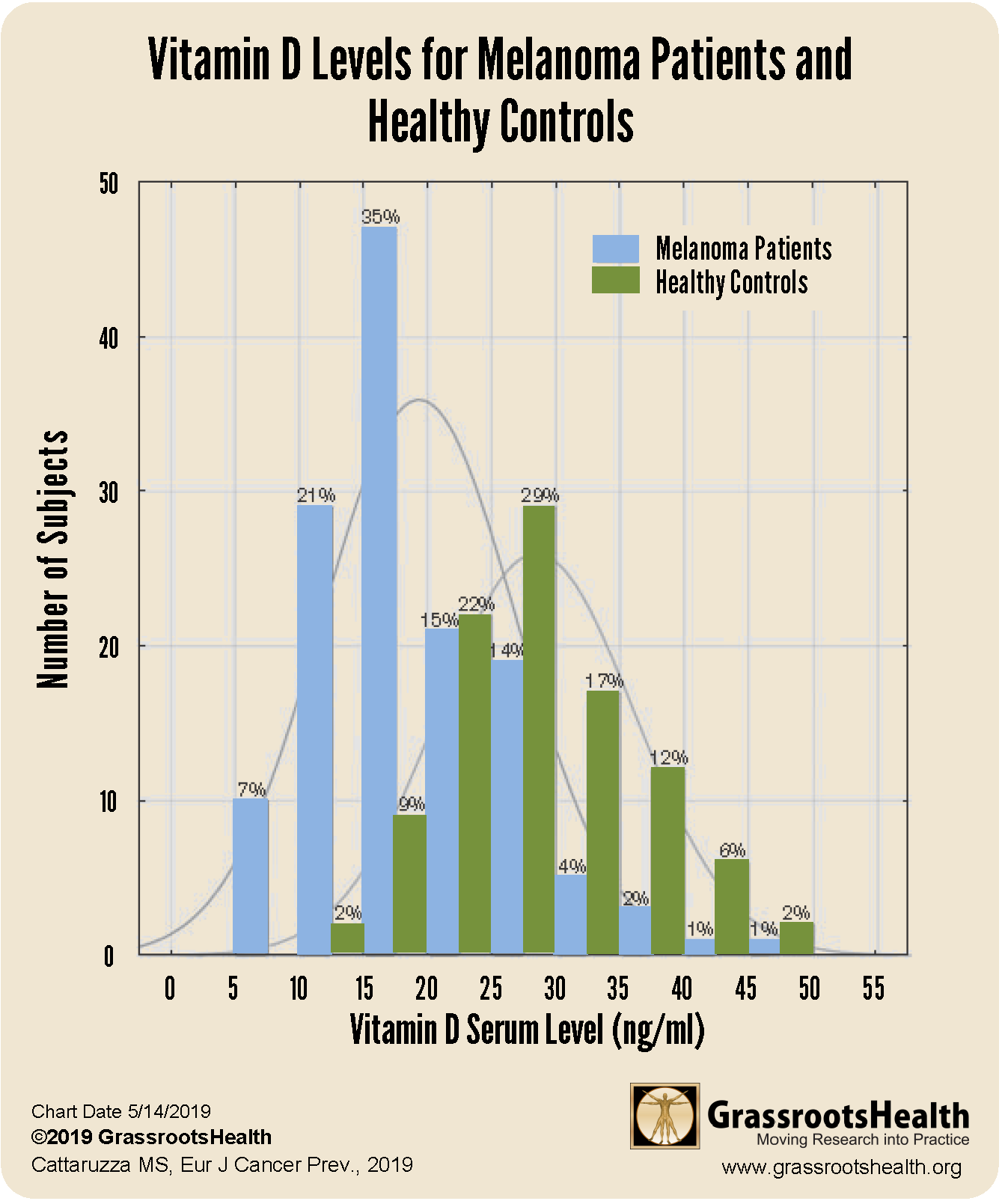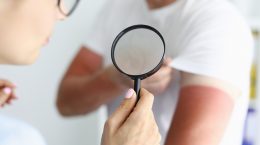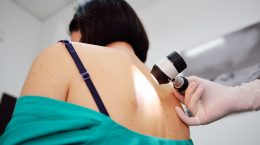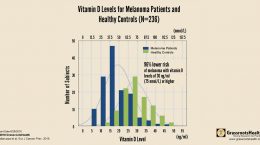Published on May 21, 2019
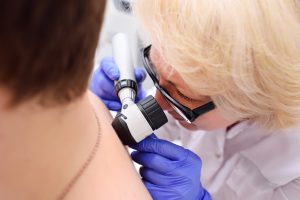 There are three primary types of skin cancer: basal cell carcinoma (BCC), squamous cell carcinoma (SCC), and melanoma. A vast majority of skin cancers are BCC (~80%) or SCC (~20%). These non-melanoma skin cancers usually grow slowly, rarely spread to other parts of the body, and are very treatable. Melanoma accounts for approximately 1% of skin cancers and is more dangerous because it’s more likely to spread to other parts of the body if not caught early. Despite public health messages to the contrary, not all skin cancers, particularly melanomas, are directly attributable to moderate sun exposure. Though painful sunburns before the age of 20 seem to be a strong predictor of all types of skin cancer, chronic or lifetime sun exposure has been associated with an increased risk of non-melanoma skin cancers but a decreased risk of melanoma. Additionally, an abundance of evidence has demonstrated the anticancer effects of vitamin D which is naturally produced with exposure to the sun. In this blog we will review some of the latest research on sun exposure, vitamin D, and skin cancer.
There are three primary types of skin cancer: basal cell carcinoma (BCC), squamous cell carcinoma (SCC), and melanoma. A vast majority of skin cancers are BCC (~80%) or SCC (~20%). These non-melanoma skin cancers usually grow slowly, rarely spread to other parts of the body, and are very treatable. Melanoma accounts for approximately 1% of skin cancers and is more dangerous because it’s more likely to spread to other parts of the body if not caught early. Despite public health messages to the contrary, not all skin cancers, particularly melanomas, are directly attributable to moderate sun exposure. Though painful sunburns before the age of 20 seem to be a strong predictor of all types of skin cancer, chronic or lifetime sun exposure has been associated with an increased risk of non-melanoma skin cancers but a decreased risk of melanoma. Additionally, an abundance of evidence has demonstrated the anticancer effects of vitamin D which is naturally produced with exposure to the sun. In this blog we will review some of the latest research on sun exposure, vitamin D, and skin cancer.
Higher vitamin D levels associated with reduced melanoma risk
In May 2019, results from a study investigating the association between vitamin D levels and the risk of melanoma were published. In this study, 137 people recently diagnosed with melanoma and 99 controls (people without melanoma) were recruited among staff members of an Italian hospital. The research team found that the average vitamin D level was higher for the healthy controls compared to the melanoma patients (28 vs. 18 ng/ml, P<0.001). The chart below shows that a vast majority (85%) of the healthy controls had vitamin D levels above 20 ng/ml compared to only a third (34%) of melanoma patients. Those with vitamin D levels at or above 30 ng/ml had a 96% lower risk of melanoma compared to those with levels at or below 20 ng/ml (P<0.001) after adjusting for age, sex, and BMI.
Continuous sun exposure not associated with melanoma
![]() A review paper published in December 2018 summarized existing evidence on the role of the environment and genetics in melanoma risk. The researchers found that intermittent sun exposure and sunburns increased melanoma risk; however, continuous sun exposure, such as from an outdoor occupation, showed either no association or a weak lower risk of melanoma. Additionally, this study found that a fair phenotype (light eyes, light hair, and skin that doesn’t tan easily) is a risk factor for melanoma. These findings show that sun exposure needs to be personalized based on skin type and that gradually and continuously acclimating to the sun are key to sensible sun exposure.
A review paper published in December 2018 summarized existing evidence on the role of the environment and genetics in melanoma risk. The researchers found that intermittent sun exposure and sunburns increased melanoma risk; however, continuous sun exposure, such as from an outdoor occupation, showed either no association or a weak lower risk of melanoma. Additionally, this study found that a fair phenotype (light eyes, light hair, and skin that doesn’t tan easily) is a risk factor for melanoma. These findings show that sun exposure needs to be personalized based on skin type and that gradually and continuously acclimating to the sun are key to sensible sun exposure.
Vitamin D, DNA damage and repair from low level UV radiation
The results from a study which aimed to identify the levels of sun exposure that generate vitamin D with minimal skin damage were published in October 2018. In this study, 39 volunteers with skin types ranging from very light to very dark were exposed to low-dose UV radiation. Each participant received a fraction of their personalized minimal erythema dose, which is the smallest dose that produces reddening of the skin within 1 to 6 hours and disappears within 24 hours, based on their individual threshold for burning. The researchers found that both vitamin D and DNA damage were produced across all skin types. They also found that the depth of DNA damage within the skin differed by skin type. Those with the darkest skin only had DNA damage in the surface layers of the skin whereas those with the lightest skin had DNA damage across all skin layers. The DNA damage in the deeper layers of the skin may explain why those with a fair phenotype have higher skin cancer rates. Importantly, it was found that most DNA damage from the UV radiation was repaired within 48 hours for all skin types. Again, these findings indicate that sun exposure should be personalized based on skin type.
Are you using sun exposure as a source of vitamin D?
Is sun exposure helping to improve your vitamin D level? Make sure you know your vitamin D level, and see if you are in the target range of 40-60 ng/ml (100-150 nmol/L). Find out your levels today! Log on to the shop (click the link below) to get your tests and see for yourself if your levels can be improved. Use coupon code SunMonth to receive 15% off during Sunshine Month only!
Make sure you track your results before and after, about every 6 months!
Click Here to Access the Shop Page
How can I track my sun exposure and my vitamin D levels?
To help you track your sun exposure and nutrient levels, GrassrootsHealth has created a personal health system called myData-myAnswers for you. You can also track your supplemental and dietary nutrient intake to see how they impact your health. Check it out today!


